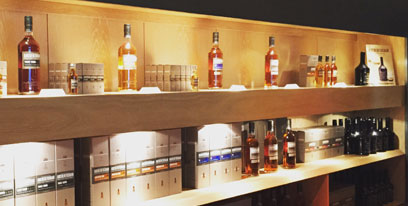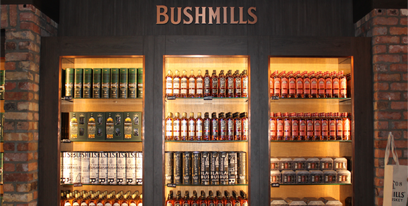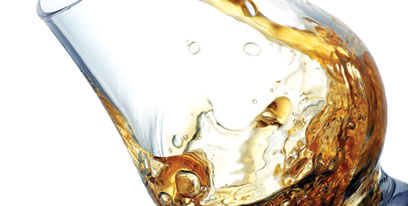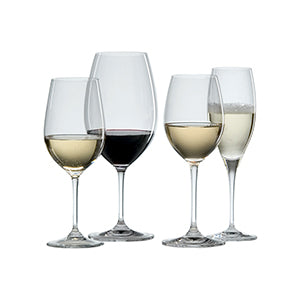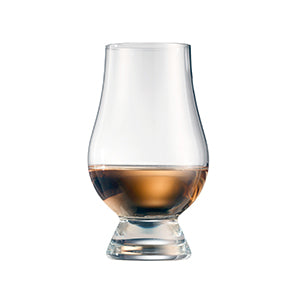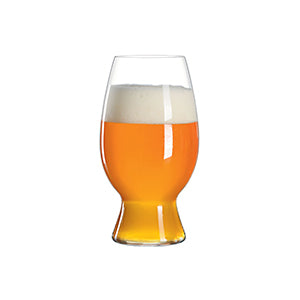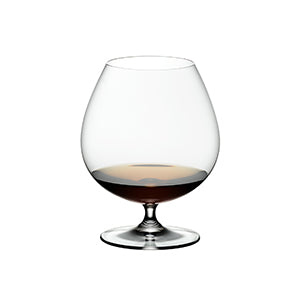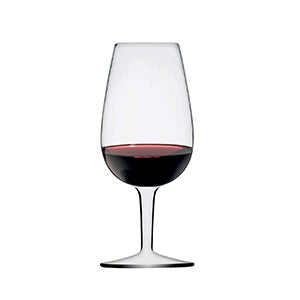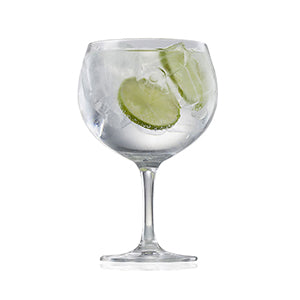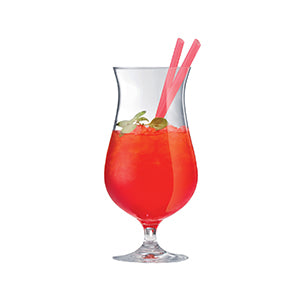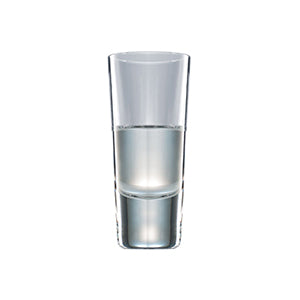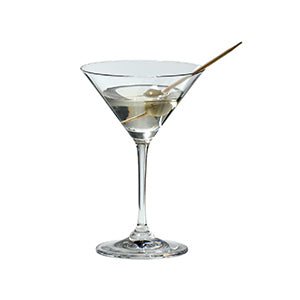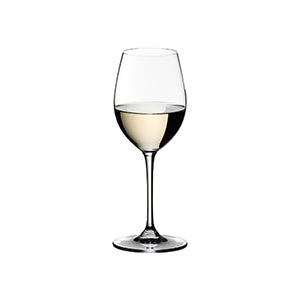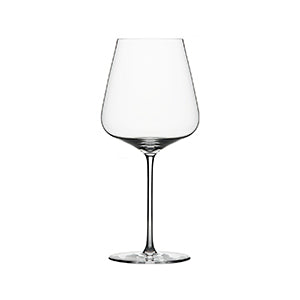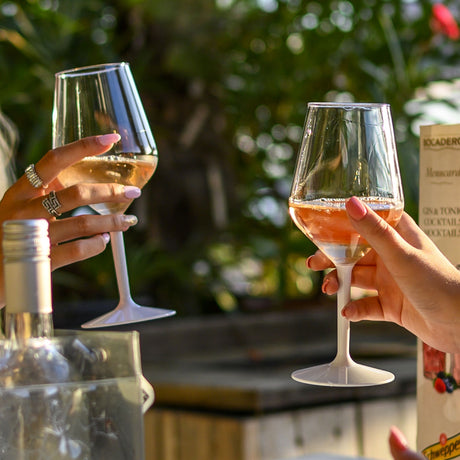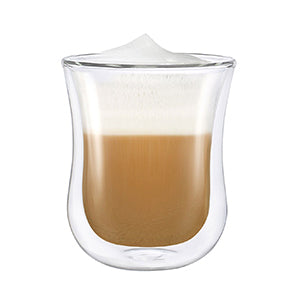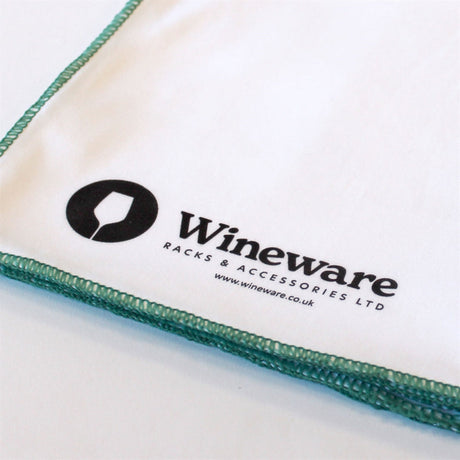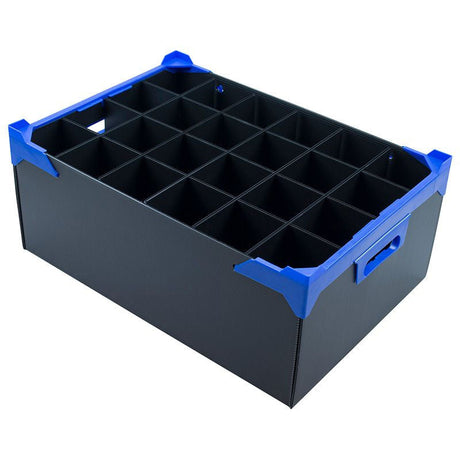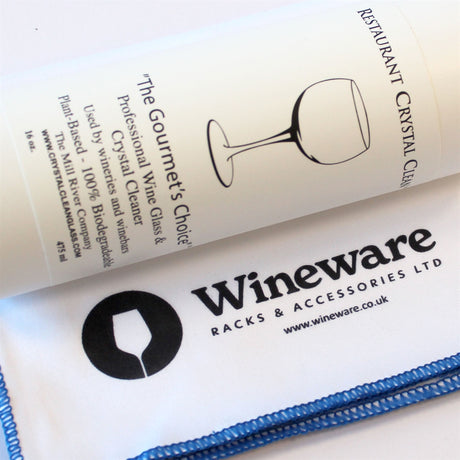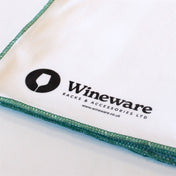
What is the correct way of spelling Whisky/Whiskey?
Both Whisky and Whiskey are correct; however, it depends where the Whisky in question is produced. It's actually quite a simple method that's used all over the World; if the country where the Whisky is produced has the letter E in the spelling, then it's spelt Whiskey (Ireland, for example), but if the country spelling doesn't have an E then it's spelt Whisky (Scotland for example).
What types of Whisky are there?
There are four different types of Whisky, Scotch, Bourbon, Tennessee and Rye. The difference between the four is a mixture of materials used with the mix, how they are filtered/distilled, and the geographic difference of where they are made.
What's the difference between Scotch, Bourbon and Tennessee Whisky?
Scotch whisky is made in Scotland (hence the name), while bourbon is a whisky made in the USA, most commonly in the central-eastern state of Kentucky. Scotch is made mostly from malted barley, whereas Bourbon is distilled from corn. Tennessee Whiskey and Bourbon's difference is that once the spirit has been distilled, Tennessee Whiskey is filtered through sugar maple charcoal, giving it a sugar / sweeter taste. Bourbon can only be made in brand new oak barrels once; this legal requirement means they are a popular purchase for many distilleries in Scotland.
Does Whisky age within the bottle?
Whisky does not age within the bottle; it ages within the cask. For example, a 10-year-old Whisky has been 'casked' for 10 years and then bottled, unlike with Wine, the year that it has been bottled won't make a difference to the taste.

How long is Whisky kept within the cask?
Every Whisky is casked for different amounts of time. The more expensive whiskies would generally have been casked for a longer period of time, and the time it's taken to mature would have then affected the price.
Should I add water to the Whisky?
Adding water to whisky is a personal preference; by doing so, the whisky becomes a little smoother, and the nosing aroma is more apparent as it reduces the alcohol strength. A dash or even just a few drops of water is often enough to make a difference to the taste, smell and look of your whisky.
Where is Whisky produced?
Traditionally 5 main countries around the World produce Whisky, Scotland, Ireland, the United States of America, Canada and Japan. Many others in recent years are joining the elite few, and Whisky is now also made across Europe and every other continent.

What are the main Whisky regions in Scotland?
Scotch Whisky can be broken down into 6 regions, Lowlands, Speyside, Highlands, Campbeltown, Islay and Islands. Click here for more information regarding each of the Scotch Whisky regions.
What does 'peaty' mean when describing Whisky?
Peat is best described as decaying vegetation that has formed over thousands of years. Some peat bogs can be woody, while other peat can be watery; it all depends on the land. This is then harvested, cut up into small pieces of ‘sod’, stacked and left to dry. Over a period of 2 to 3 weeks, the pieces of peat dry out, and the remaining material is tough peat ‘bricks’ that contain more energy than coal.
The peat is then burnt within the distilleries, and the grain is then exposed to the smoke of the burning peat. This then brings the smoke into contact with the grain, giving the whisky a peaty taste. The amount of time the grain is exposed to the peat smoke determines the whiskey's taste and the peat's strength, adjusting the spirit’s flavour.
What are the best glasses for Whisky?
There are variations of whisky glasses. The traditional tumbler is still commonly used, but the Glencairn Whisky Glass is the most popular and widely used by drinkers, connoisseurs, and distillers.
Want to know more about Scottish and Irish Whiskey?
Take a read of the Scottish Whisky Regions Guide and Irish Whiskey Guide!
Click here for more information regarding our selection of Whisky Glasses and Whisky / Spirit Decanters.
